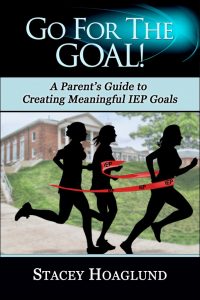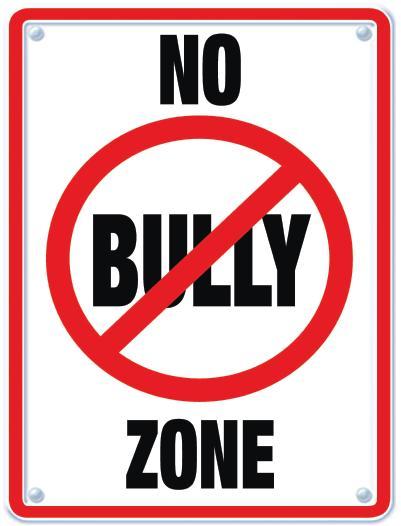October is National Anti-Bullying Month. It’s actually sad that there is a need for such a thing. Children with autism and other disabilities are not immune to mistreatment by bullies. In fact, the “hidden” disability of autism makes them even more prone to be a target since, especially for the high functioning child with autism, you can’t “see” the disability. Bullies can be found on playgrounds, in our schools and even in the work place.
There are ways to use your child’s IEP in regards to bullying. Interventions can be developed and documented in the IEP that focus on this widely systemic issue. Children can learn to recognize bullying behavior and strategies to ward against it. If we can give our kids the tools needed to confront bullying at an early age, they can become lifelong advocates for themselves and for others as well.
Some goal areas for the IEP team to consider:
• Social skills (sharing, turn taking, joining in, thinking before reacting, etc)
• Speech and language skills (pragmatic/social language)
• Self-advocacy skills (identify bullying behavior and learn ways to appropriately respond)
• Self-awareness and strength building skills (identify their own strengths and the impact of their disability on everyday life)

It’s on Amazon, Buy it now $5.99
Description: Go for the Goal! A Parent’s Guide to Creating Meaningful IEP Goals
Goals related to all of the above, as well as bullying in general, can be found in Goal for the Goal: A Parent’s Guide to Creating Meaningful IEP Goals.
Some things that can be done to address the issues could be:
Have your child participate in social skills groups where bullying scenarios are acted out, giving your child practice of how to handle it;
Teach the child to use a signal system when in need of friend or adult intervention;
Consider class changes before or after the bell rings to keep from having to transition through crowded hallways;
Determine if less structured times (particularly in middle school) like PE is truly necessary;
Be sure there is adult support on buses;
Allow the student to have a universal bathroom pass allowing the student to use the restroom whenever necessary (not during class changes when bathrooms can be crowded and unmonitored);
Have your child always transitioning with a pre-determined “buddy”;
Work with the school to create a “Circle of Friends.”
By creating a school environment that is a safe and supportive learning environment for ALL students, greatly benefits those with disabilities. Teaching all kids to not remain a “by-stander” to bullying promotes healthy and safe learning and living environments.

